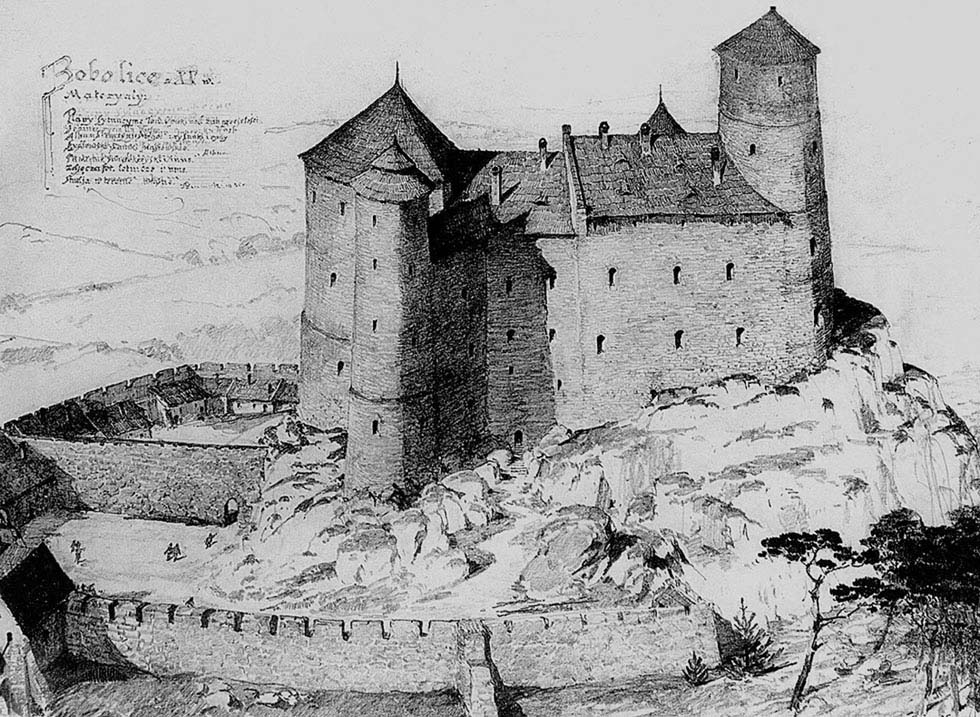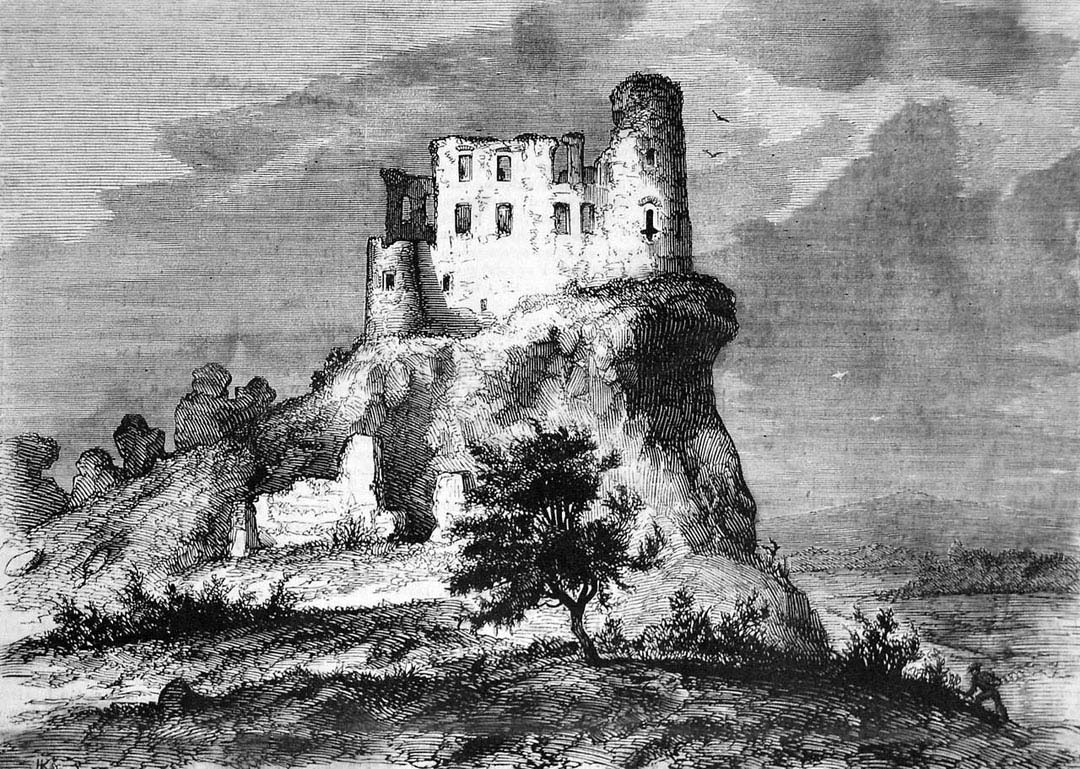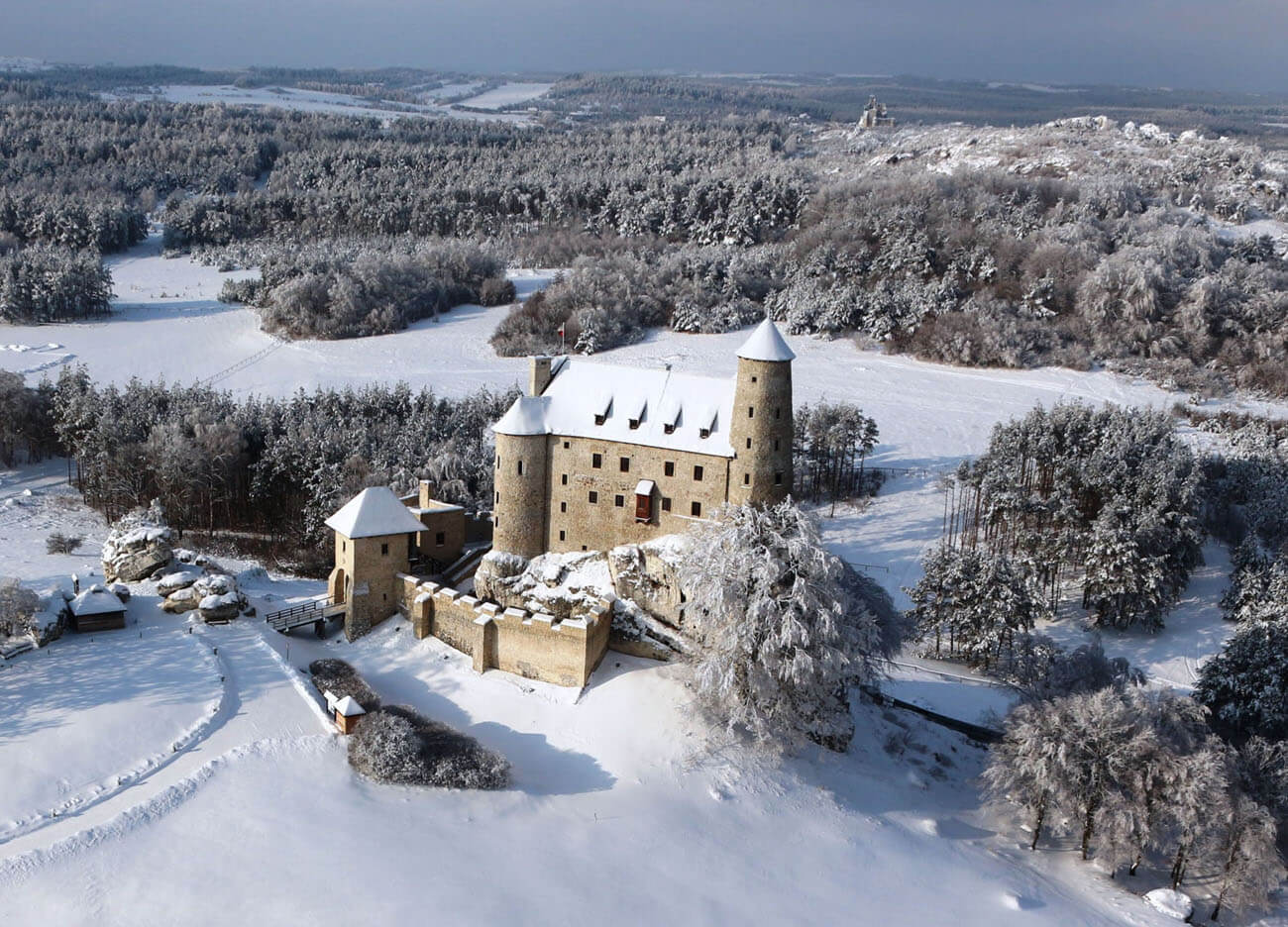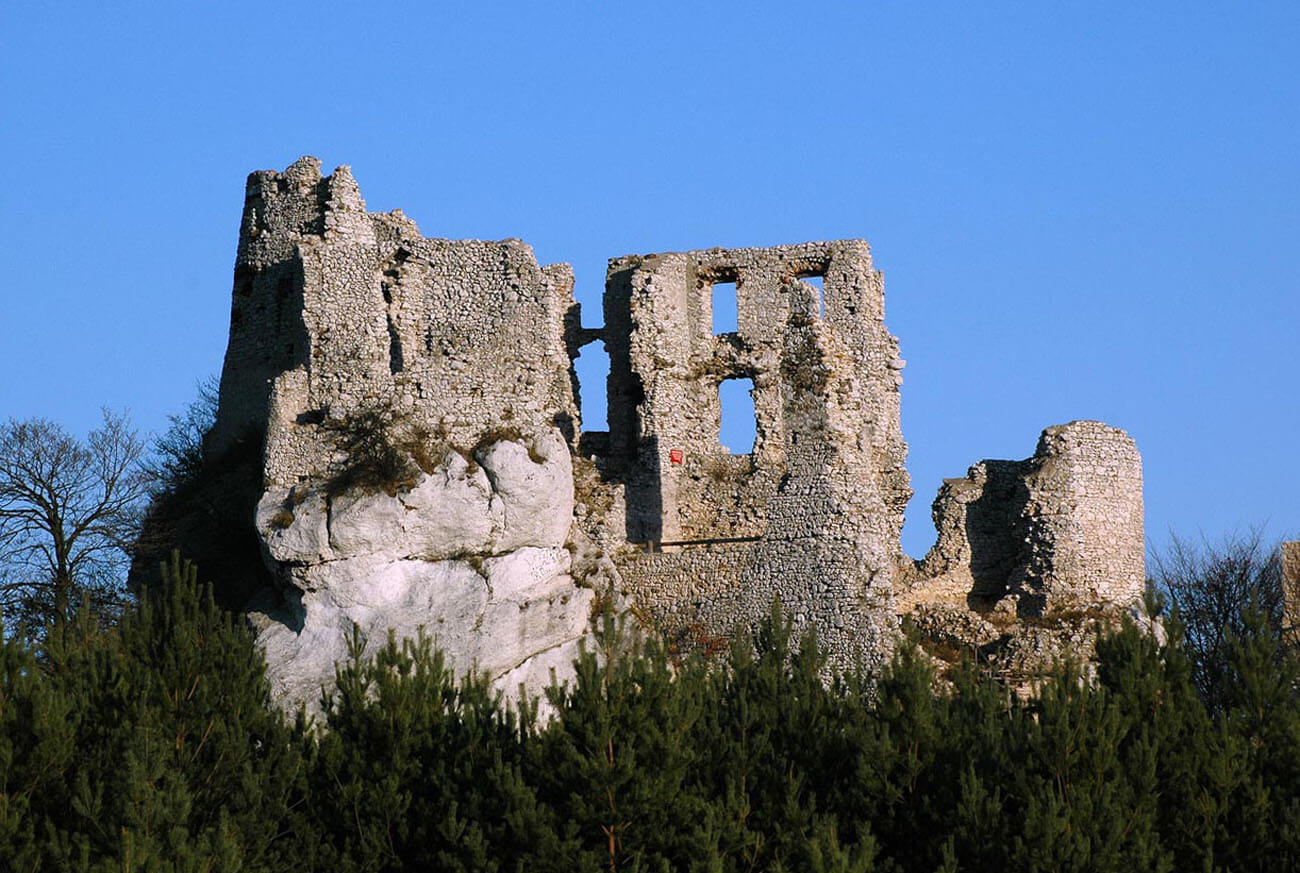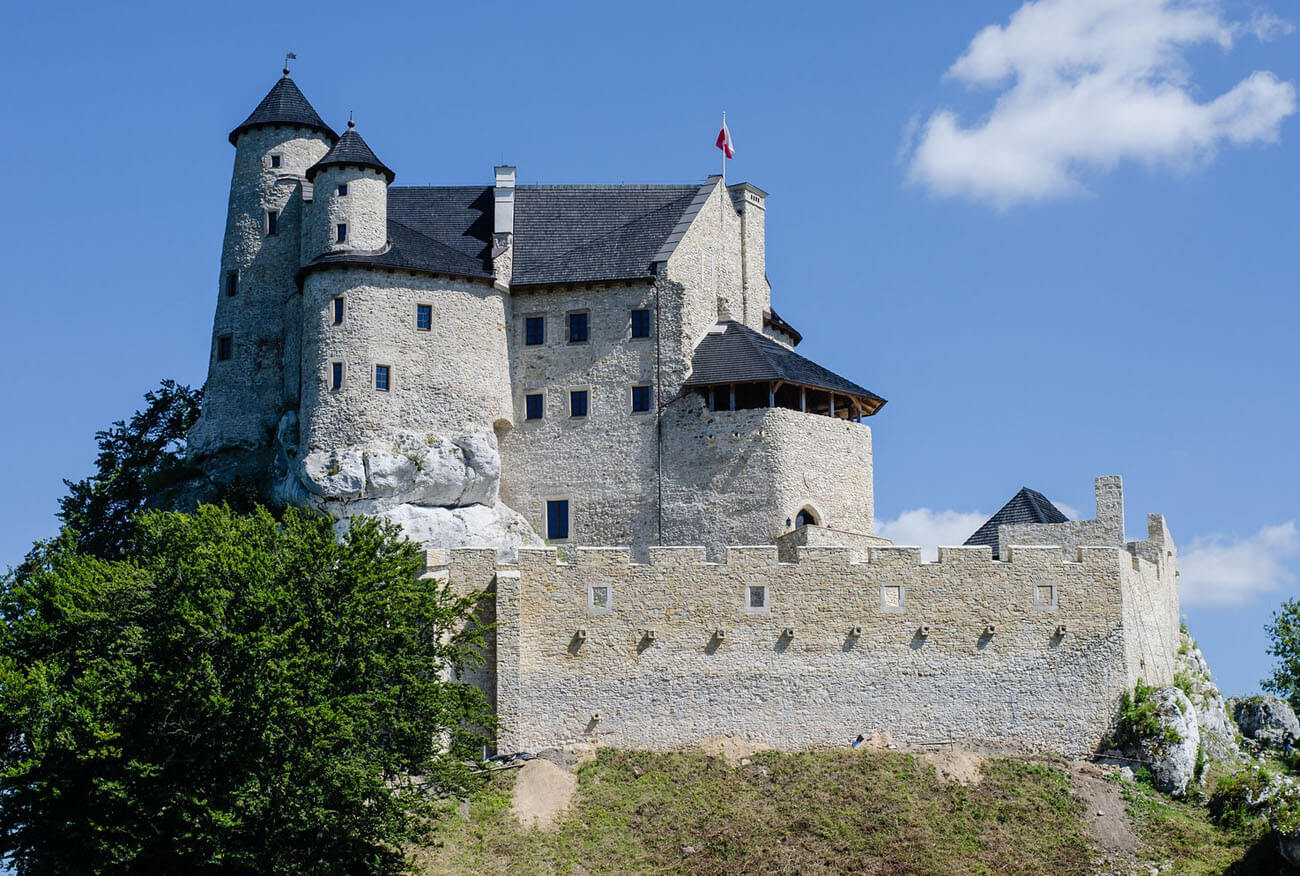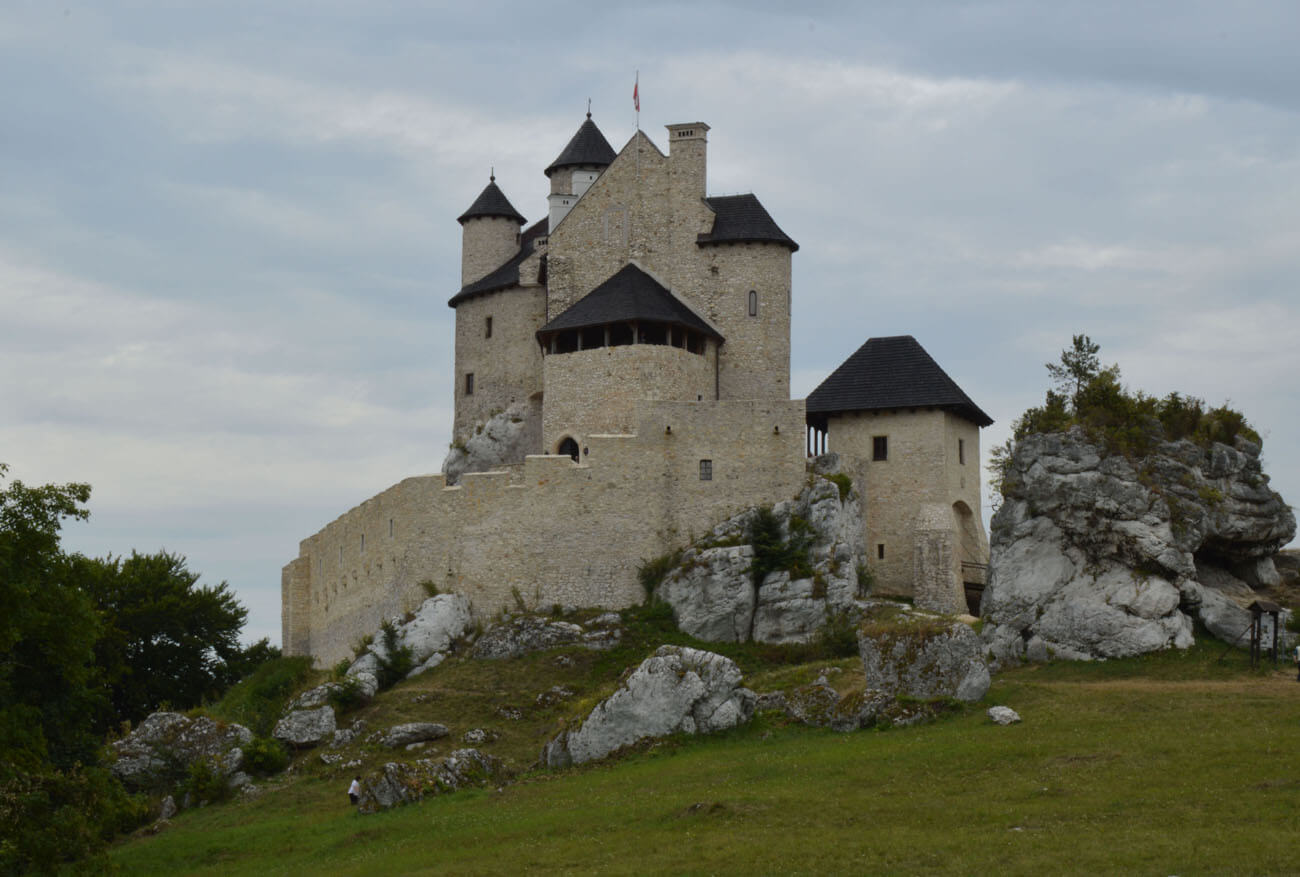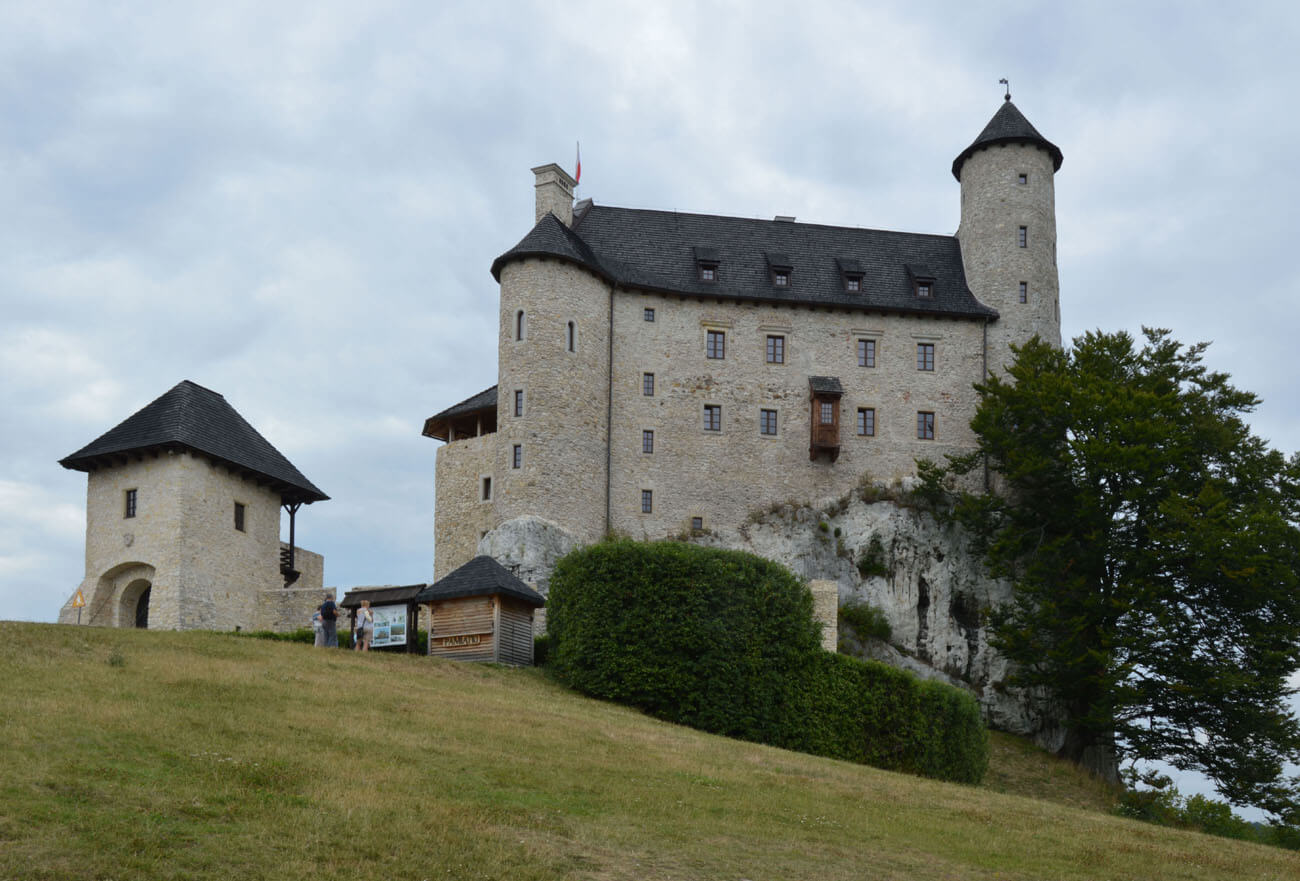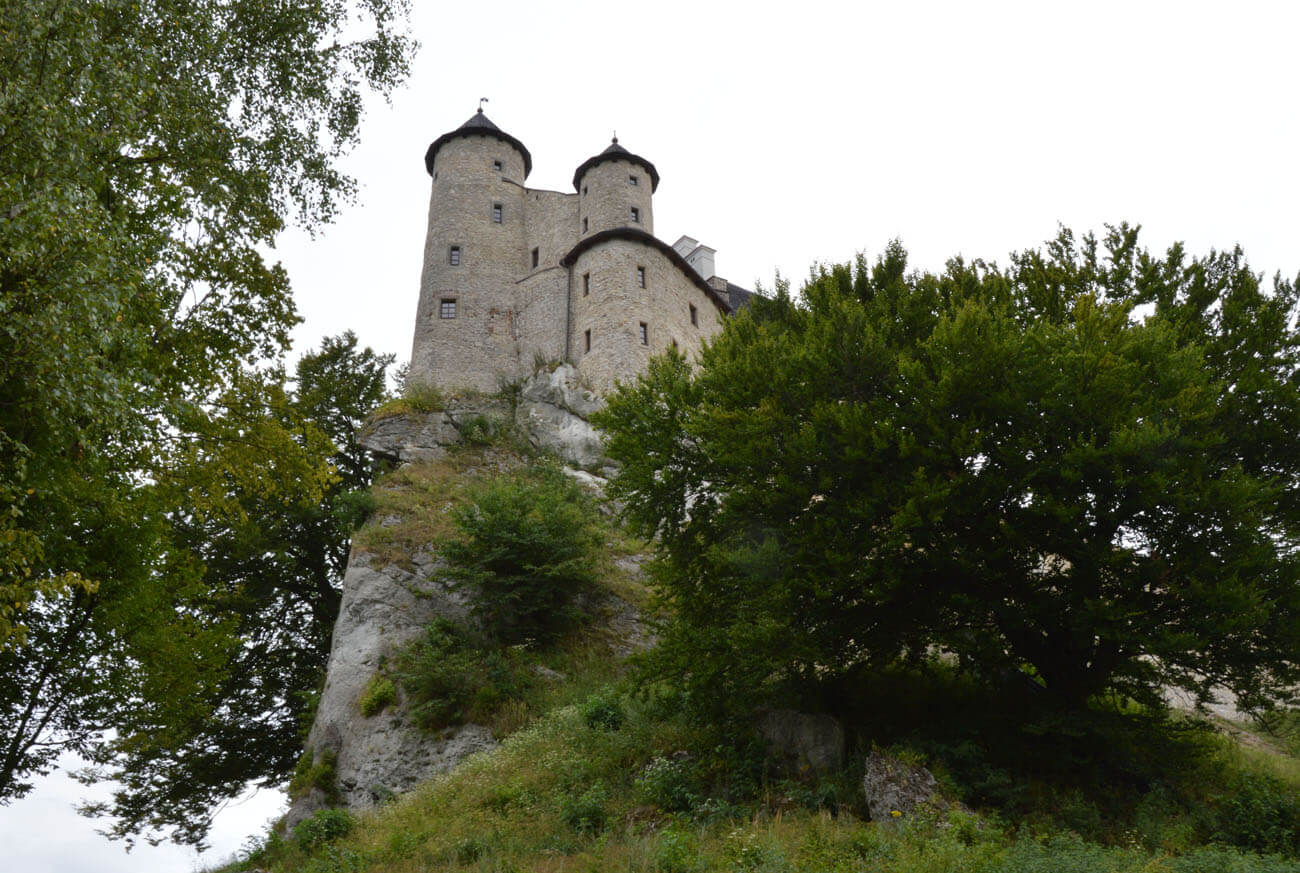History
The castle in Bobolice was built around 1350 by king Casimir the Great as part of the defense system of the western border of the Kingdom of Poland. In 1370, on the occasion of his coronation, Louis the Great gave it to Władysław of Opole, who then gave the fortress to Hungarian Andrzej Schona. A dozen or so years later, king Władysław Jagiełło had to recapture the castle, because it became a rogue seat. Another reason could be the politic of Władysław of Opole who was hostile to the Kingdom of Poland.
In 1427, after the death of Anna, the daughter of the first private owner of the castle, Andrzej Schona, there was a property dispute in which Stanisław Szafraniec from Młodziejowice, Anna’s son from the first marriage and her second husband, Mściwój from Mierzchowiska took part. This conflict lasted until 1445, when the castle was completely bought by Szafraniec family. With time, Bobolice was taken over by Trestkow family, and then from 1486, Krez family, coat of arms Ostoja.
The invasion of 1587 by the pretender to the Polish throne, archduke Maximilian Habsburg, contributed to the first serious destruction, but the castle was however recaptured by the army of hetman Jan Zamoyski. Another destruction brought the period of Swedish wars in the mid-seventeenth century. The castle was then owned by Myszkowcy family from Mirów, and since 1651 by the Męciński family. In 1657 Bobolice was ruined by the Swedes. Although reconstruction started, it was still in 1683 that king Jan III Sobieski, who traveled to fight witch Turks under Vienna, was forced to sleep in a tent under the castle. The last information about the residency of the castle comes from the beginning of the 18th century, later it was certainly abandoned and began to fall into a gradually dismantled ruin.
Architecture
The castle was erected at the end of a rock ridge, falling with vertical slopes on the north side, also high and steep from the west. A gentler approach to the headland led from the east and south-east, which is why a rounded ditch was created there, cutting off the entrance to the outer bailey formed at the base of the highest rocks.
Probably the oldest stone element was a cylindrical tower with a diameter of 9 meters and fairly thin walls 1.5 meters thick. It could have been connected to a defensive wall, which ran along the edge of the escarpment, closing a narrow and long courtyard on the south side. The living quarters could fill the southern part of this courtyard. The outer bailey located below was protected by the aforementioned ditch, with a wooden bridge probably placed over it. The entrance was located on the south-eastern side.
Probably in the 15th or 16th century, the oldest cylindrical tower was demolished, and its relics were incorporated into new, two-story residential building that ran along the outline of the rock in the northern part of the headland. The structure was completed by three corner, semicircular towers added to the main building and the defensive wall. One was situated on the north side, one on the north-west side, and one on the south side. Modernization also involved the expansion of the residential and representative part with chambers and a chapel on the upper floors, as well as a kitchen, pantry and a treasury on the ground floor. In the area of the outer bailey, the entrance was secured with a gatehouse, located just behind the ditch.
Current state
In 2011, the Bobolice castle was reconstructed from the ruin on the initiative of a private investor, but the final effect is a source of much controversy. Apparently, a group of specialists watched over the reconstruction, but it does not change the fact that, due to the lack of source messages, we can not be sure how the castle really looked like. Another problem is the artificiality and lack of climate of the new castle. It is available for visitors on Thursdays, Fridays, Saturdays and Sundays between 10:00 and 16:00.
bibliography:
Architektura gotycka w Polsce, red. T. Mroczko, M. Arszyński, Warszawa 1995.
Leksykon zamków w Polsce, red. L.Kajzer, Warszawa 2003.
Kmiotek D., Zamek Bobolice i zamek Mirów, Dąbrowa Górnicza 2008.

